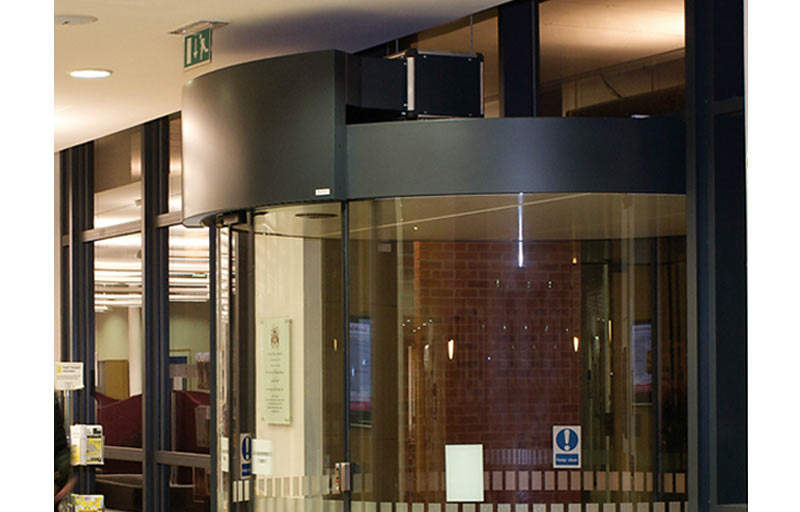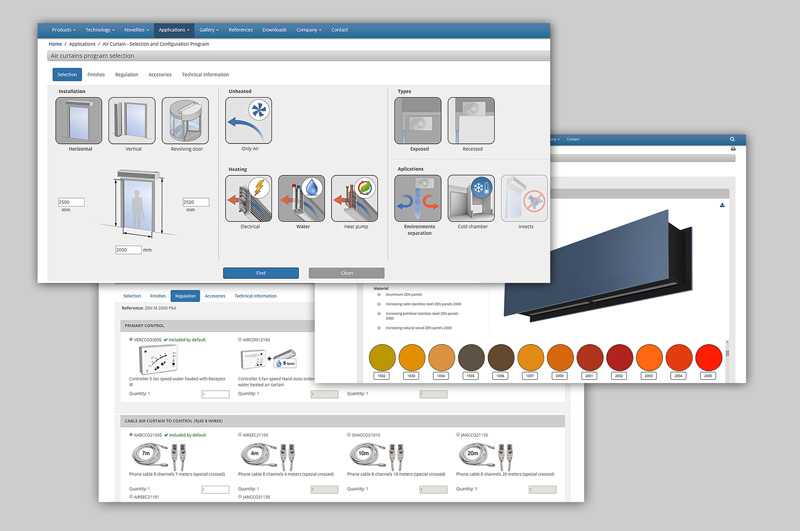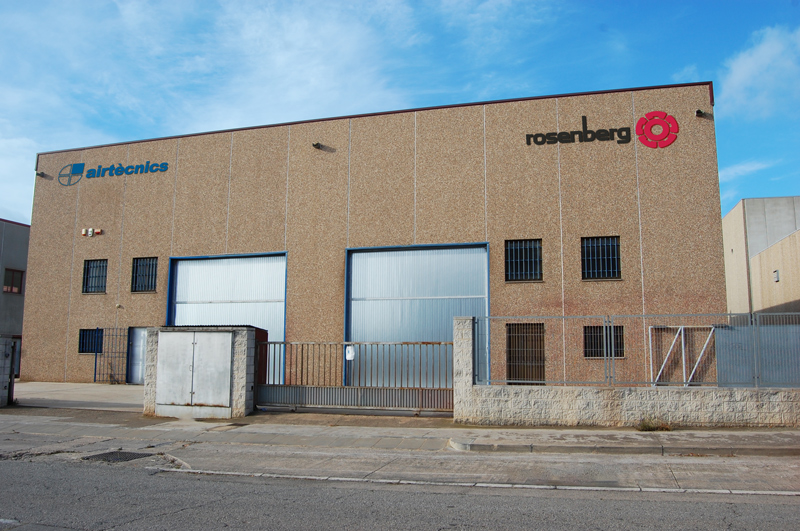Airtècnics air curtains land at the JFK airport in New York City
In the borough of Queens in New York City there is John F. Kennedy International Airport. It is the busiest US airport concerning international passengers traffic.
Due to this gradual traffic increase, some of the main entrances of the JFK airport equipped with revolving doors weren't capable anymore to channel the traffic of large numbers of passengers at peak times, often accompanied by carts and lugagge, causing queues and circulation problems.
To solve the situation, the airport commissioned the improvement of its access facilities with three objectives; a greater capacity of traffic through the doors, an improvement of the energy saving in the entrances and a minimum impact in the facade of the building.

After analyzing several proposals, it was decided not to change the revolving doors for larger ones. Thus, it was possible to maintain the entire structure of the building and substantially reduce the total budget for the project. But then, how would the number of people per minute passing by the door be increased?
Taking advantage of the revolving doors structure, its wings were removed and replaced by two automatic sliding doors covering the entire diameter, ensuring maximum capacity and ease of movement.
Three or four wings revolving doors can reduce the amount of energy needed to heat or cool a building, which provides optimum energy savings and reduces carbon footprint, sliding doors are more inefficient but combined with a high efficiency air curtain, are the perfect solution to create an invisible barrier that separates two different environments without limiting the access of people.
The air curtain would be placed following the curvature of the revolving door structure. The technological challenge in this case consisted of the revolving door dimensions (almost 5 meters in diameter) much larger than standard revolving doors. In addition, the energy saving and performance of the air curtain are important, but equally is the aesthetics. It required an air curtain design that would seamlessly integrate into airport interior design and be technically feasible.
Airtècnics designed a high powered Rotowind air curtain model with high efficiency EC fans, hot water heating and with an air outlet divided into two parts, to cover the entire radius of curvature. It was also painted the same white color of the building structure.

The solution adopted for those 8 entrances of the New York JFK airport with traffic capacity channeling problems has been a success. With a minimum budget, the facility is now more functional, maintains a harmony in the design, saves more energy and provides more comfort to the traveler.







